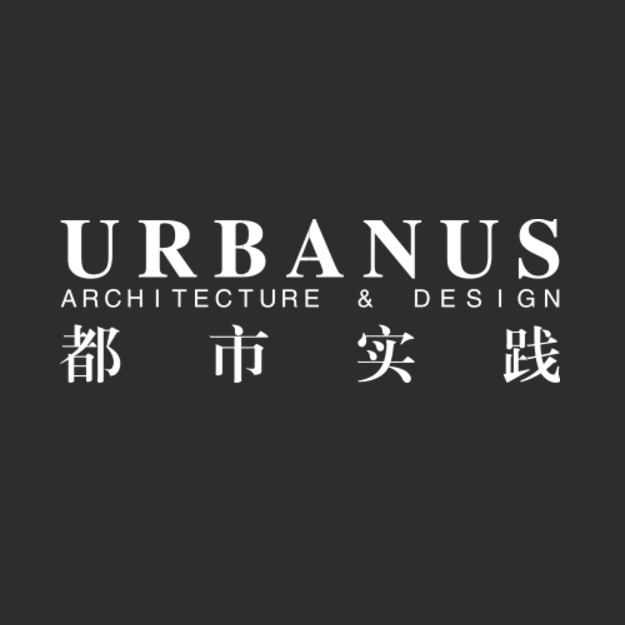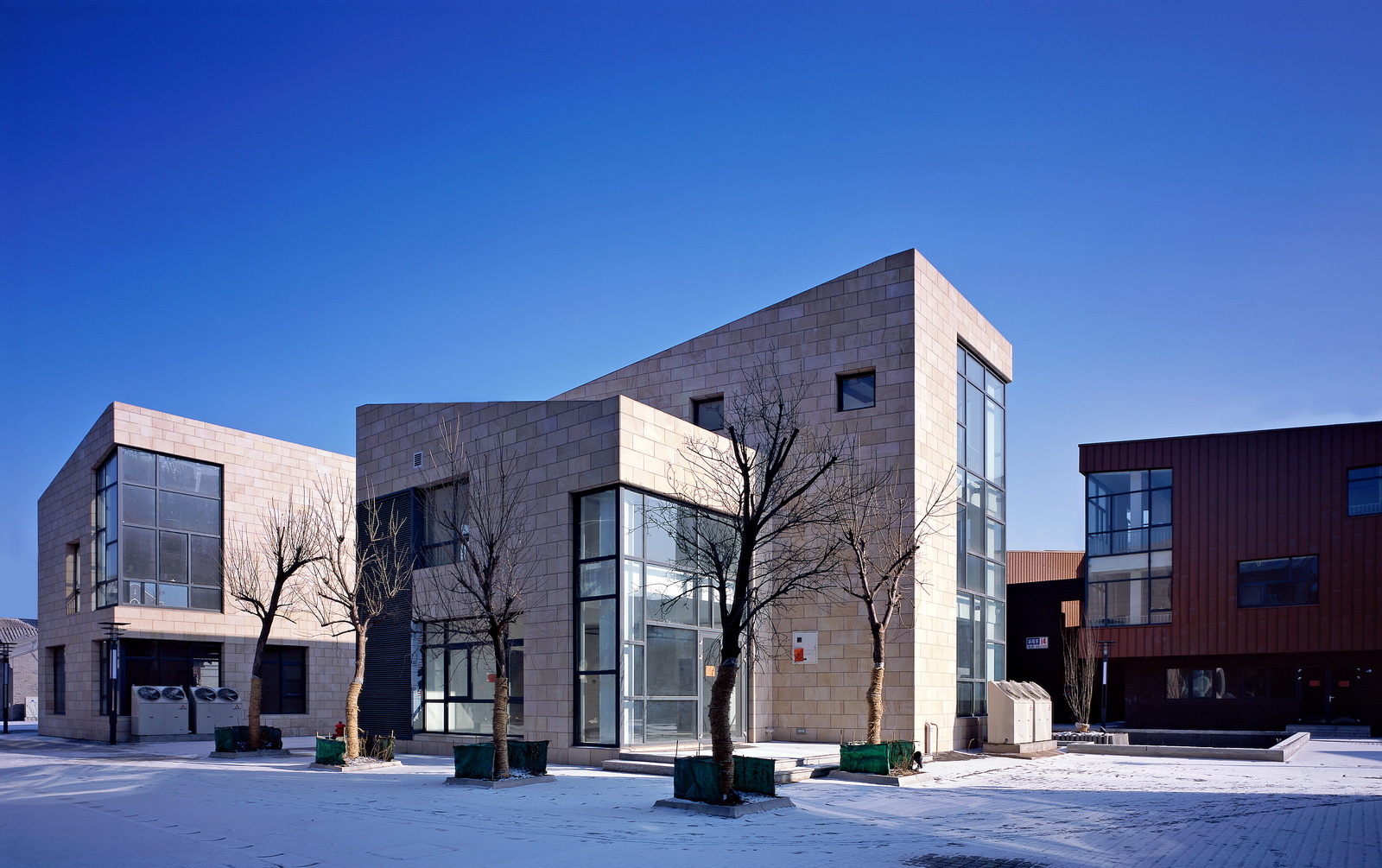Designers: Zhao Xinghua, Zhang Longyi, Li Juankun, Wei Yan, Sun Yimeng | Chen Chun, Zhu Qinghui
As the birthplace of the city of Tianjin, the Old Town represents in many ways Chinese culture, history, and philosophy, contrasting other places. The imperialist invasion by the Eight Allied Forces in 1900 brought unprecedented changes to the Old Town and destroyed its city wall. The renovation of the North-South Avenue in the 1950s (a major street running through the center of the Old Town) led to the destruction of the Drum Tower. In 2000, the Old Town was completely demolished and a new modern community was planned. Fortunately, Drum Tower Area features low density in the new renovation plan and urban planners hope to retain, to some extent, the original urban textures of hutong (small alleys between rows of courtyard houses).
In this ambitious renovation campaign, URBANUS undertook preliminary design studies of Lot 2, 3, 11 and the Drum Tower Area. This was a valuable opportunity for us to explore strategies to continue and develop the vitality of traditional cities in today’s context, and have new architecture dialogue with the old.
In the design of Section B, Lot 11, large buildings are divided into smaller buildings, streets, alleys, squares, and courtyards- all conceived to bring easier movement to people. These structures integrate the styles of both classical Chinese gardens and small towns of Europe, creating small-scale, people-centered space in a large city.
The renovation of the Drum Tower Area is centered on the existing traditional-styled street and the rebuilt Drum Tower, as well as covering the four sites around it. URBANUS put forth new planning strategies. First, we wanted to integrate historical and folk resources on these sites. Second, it was necessary to move beyond cliché historicism, and towards the idea of an “open city museum”. Lastly, we needed to replace rigid chessboard planning with the more lively urban texture of the Old Town. With these design ideas, the community and its businesses have a greater potential for success. As well, five studios jointly completed the design of this community so that the kind of urban diversity and complexity normally developed over the course of time could be fully demonstrated by a diverse array of architectural styles.
Credits:
Project Location: Tianjin
Project Period: 2004-2008
Project Status: Completed
Site Area: 53,370㎡
Floor Area: 43,900㎡
Client: Neo-China Land Co., Ltd
LDI Collaborator: Tianjin Architectural Design Institute

